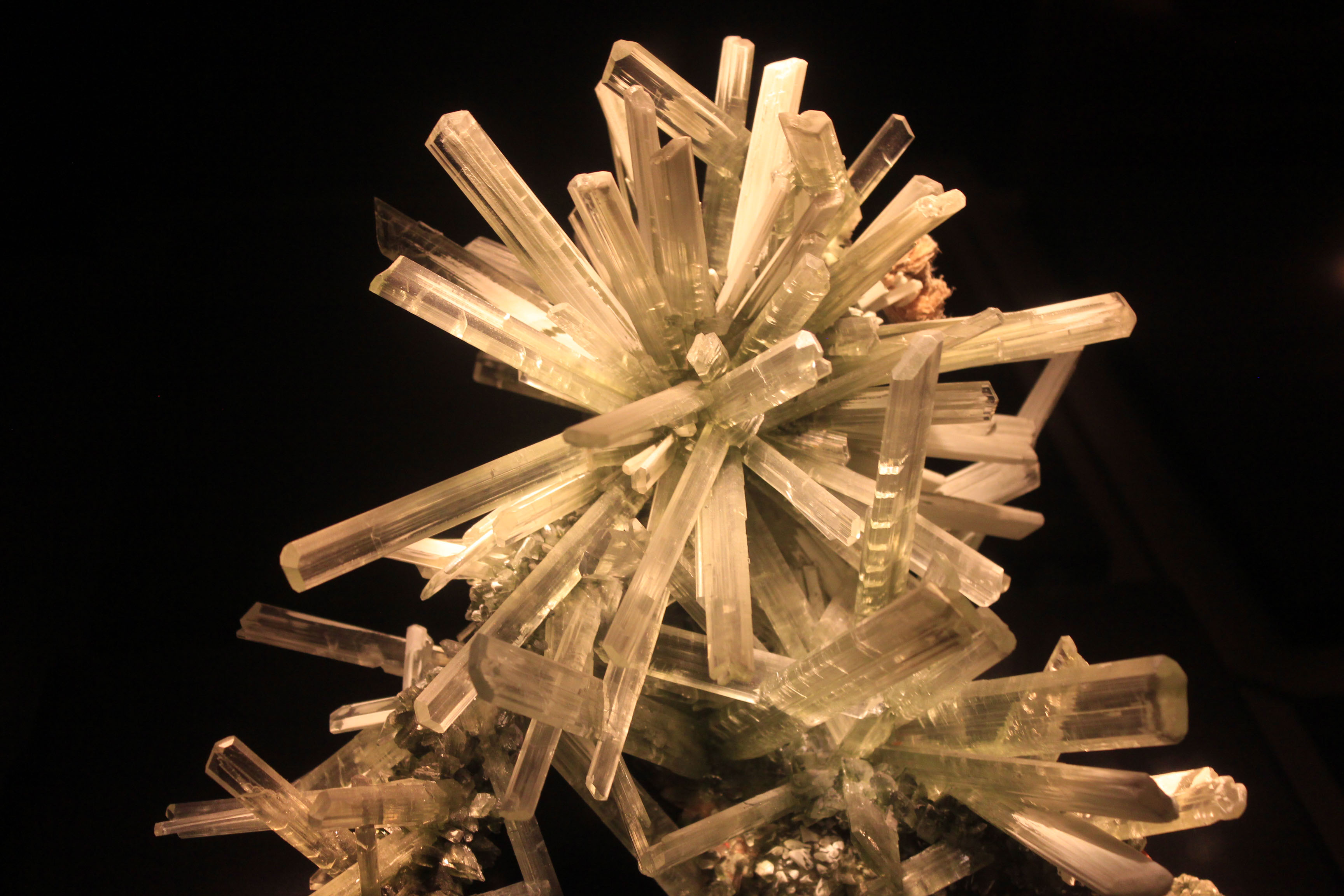|
Chatoyancy
In gemology, chatoyancy ( ), or chatoyance or cat's eye effect, is an optical reflectance effect seen in certain gemstones, woods, and carbon fibre. Coined from the French "œil de chat", meaning "cat's eye", chatoyancy arises either from the fibrous structure of a material, as in tiger's eye quartz, or from fibrous inclusions or cavities within the stone, as in cat's eye chrysoberyl. Description The precipitates that cause chatoyance in chrysoberyl are the mineral rutile, composed mostly of titanium dioxide. Examined samples have yielded no evidence of tubes or fibres. The rutile precipitates all align perpendicularly with respect to cat's eye effect. It is reasoned that the lattice parameter of the rutile matches only one of the three orthorhombic crystal axes of the chrysoberyl, resulting in preferred alignment along that direction. The effect can be likened to the sheen off a spool of silk: The luminous streak of reflected light is always perpendicular to the directio ... [...More Info...] [...Related Items...] OR: [Wikipedia] [Google] [Baidu] |
Chrysoberyl
The mineral or gemstone chrysoberyl is an aluminate of beryllium with the formula Be Al2 O4. The name chrysoberyl is derived from the Greek words χρυσός ''chrysos'' and βήρυλλος ''beryllos'', meaning "a gold-white spar". Despite the similarity of their names, chrysoberyl and beryl are two completely different gemstones, although they both contain beryllium. Chrysoberyl is the third-hardest frequently encountered natural gemstone and lies at 8.5 on the Mohs scale of mineral hardness, between corundum (9) and topaz (8). An interesting feature of its crystals are the cyclic twins called ''trillings''. These twinned crystals have a hexagonal appearance, but are the result of a triplet of twins with each "twin" oriented at 120° to its neighbors and taking up 120° of the cyclic trilling. If only two of the three possible twin orientations are present, a "V"-shaped twin results. Ordinary chrysoberyl is yellowish-green and transparent to translucent. When the minera ... [...More Info...] [...Related Items...] OR: [Wikipedia] [Google] [Baidu] |
Charoite
Charoite is a rare silicate mineral, first described in 1978. It was believed to be named after the Chara River, but due to the river being 70 km away from its discovery place, now it is believed to be named after the Russian word ''chary'', meaning magic or charms. When it was discovered, it was thought to be a fake, dyed purple to give it its striking appearance. Properties Charoite is translucent lavender to purple in color with a pearly luster. Charoite is strictly massive in nature, and fractures are conchoidal. It has an unusual swirling, fibrous appearance, sometimes chatoyant, and that, along with its intense color, can lead many to believe at first that it is synthetic or enhanced artificially. Though reportedly discovered in the 1940s, it was not known to most of the world until its description in 1978. It is said to be opaque and unattractive when found in the field; a fact that may have contributed to its late recognition. Charoite consists of oxygen (43.75%), ... [...More Info...] [...Related Items...] OR: [Wikipedia] [Google] [Baidu] |
Cabochon
A cabochon (; ) is a gemstone that has been shaped and polished, as opposed to faceted. The resulting form is usually a convex (rounded) obverse with a flat reverse. Cabochon was the default method of preparing gemstones before gemstone cutting developed. Application Cutting ''en cabochon'' (French: "in the manner of a cabochon") is usually applied to opaque gems, while faceting is usually used for transparent stones. Hardness is also taken into account as softer gemstones with a hardness lower than 7 on the Mohs hardness scale are easily scratched, mainly by silicon dioxide in dust and grit. This would quickly make translucent gems unattractive—instead they are polished as cabochons, making the scratches less evident. In asteriated stones such as star sapphires and chatoyant stones such as cat's eye chrysoberyl, a domed cabochon cut can show the star or eye, which would not be visible in a faceted cut. The usual shape for cutting cabochons is an ellipse, becaus ... [...More Info...] [...Related Items...] OR: [Wikipedia] [Google] [Baidu] |
Moonstone (gemstone)
Moonstone is a sodium potassium aluminium silicate ((Na,K)AlSi3O8) of the feldspar group that displays a pearly and opalescent schiller. An alternative name is hecatolite. Etymology File:Pierrelune.jpg, Moonstone polished ''en cabochon'' The name ''moonstone'' derives from the stone's characteristic visual effect, called adularescence (or schiller), which produces a milky, bluish interior light. This effect is caused by light diffraction through alternating layers of orthoclast and albite within the stone. The diffracted light varies from white to blue, depending on the thinness of the albite layers. More technically, this micro-structure consists of regular exsolution layers (lamellae) of different alkali feldspars (orthoclase and sodium-rich plagioclase). Polished moonstones often display chatoyancy ("cat's eye" effect), where a luminous streak appears through the stone. Asterism is rare and produces four-legged stars. Geology The most common moonstone is of the or ... [...More Info...] [...Related Items...] OR: [Wikipedia] [Google] [Baidu] |
Nanmu
Nanmu () is a precious wood that is unique to China and South Asia, and was historically used for boat building, architectural woodworking, furniture and sculptural carving in China. The Ming Dynasty-era writings indicate this wood as superior durable softwood. A recent excavation of a tomb in Lija village in Jing'an County, Jiangxi Province, found 47 coffins made of nanmu wood that are reported to be about 2500 years old, dating back to the Eastern Zhou Dynasty period and belongs to the Dongyi State of Xu. The trees that produce nanmu wood are evergreens that have long, straight trunks which grows to 35 meters in height and one meter in diameter. More than 30 varieties exist, which are found south of the Yangtze River. There are also nanmu trees on Hainan Island and in Vietnam. Yangmu nanmu is found in Sichuan. Zinan nanmu is found in southeast and south central China. Zinanmu nanmu is found in Jiangsu, Anhui, Zhenjiang. Zhennan nanmu is found in Guizhou and Sichuan. The finest ... [...More Info...] [...Related Items...] OR: [Wikipedia] [Google] [Baidu] |
Quartz
Quartz is a hard, crystalline mineral composed of silica ( silicon dioxide). The atoms are linked in a continuous framework of SiO4 silicon-oxygen tetrahedra, with each oxygen being shared between two tetrahedra, giving an overall chemical formula of SiO2. Quartz is the second most abundant mineral in Earth's continental crust, behind feldspar. Quartz exists in two forms, the normal α-quartz and the high-temperature β-quartz, both of which are chiral. The transformation from α-quartz to β-quartz takes place abruptly at . Since the transformation is accompanied by a significant change in volume, it can easily induce microfracturing of ceramics or rocks passing through this temperature threshold. There are many different varieties of quartz, several of which are classified as gemstones. Since antiquity, varieties of quartz have been the most commonly used minerals in the making of jewelry and hardstone carvings, especially in Eurasia. Quartz is the mineral definin ... [...More Info...] [...Related Items...] OR: [Wikipedia] [Google] [Baidu] |
Selenite (mineral)
Selenite, satin spar, desert rose, gypsum flower are crystal habit varieties of the mineral gypsum. All varieties of gypsum, including selenite and alabaster, are composed of calcium sulfate dihydrate (meaning that it has two molecules of water), with the chemical formula CaSO4·2H2O. Selenite contains no significant selenium – The similar names both derive from Greek ( 'Moon') Some of the largest crystals ever found are of selenite, the largest specimen found in the Naica Mine's Cave of the Crystals being 12 metres long and weighing 55 tons. History and etymology "Selenite" is mostly synonymous with gypsum, but from the 15th century, it has named the transparent variety that occurs in crystals or crystalline masses. The name derives through Middle English from Latin , ultimately from Greek (, ). It got this name because people historically believed the mineral waxed and waned with the cycles of the Moon. [...More Info...] [...Related Items...] OR: [Wikipedia] [Google] [Baidu] |
Tigers-Eye
Tiger's eye (also called tiger eye) is a chatoyant gemstone that is usually a metamorphic rock with a golden to red-brown colour and a silky lustre. As members of the quartz group, tiger's eye and the related blue-coloured mineral hawk's eye gain their silky, lustrous appearance from the parallel intergrowth of quartz crystals and altered amphibole fibres that have mostly turned into limonite. Other forms of tiger's eye ''Tiger iron'' is an altered rock composed chiefly of tiger's eye, red jasper and black hematite. The undulating, contrasting bands of colour and lustre make for an attractive motif and it is mainly used for jewellery-making and ornamentation. Tiger iron is a popular ornamental material used in a variety of applications, from beads to knife hilts. Tiger iron is mined primarily in South Africa and Western Australia. Tiger's eye is composed chiefly of silicon dioxide () and is coloured mainly by iron oxide. The specific gravity ranges from 2.64 to 2.71. It is ... [...More Info...] [...Related Items...] OR: [Wikipedia] [Google] [Baidu] |
Apatite
Apatite is a group of phosphate minerals, usually hydroxyapatite, fluorapatite and chlorapatite, with high concentrations of OH−, F− and Cl− ions, respectively, in the crystal. The formula of the admixture of the three most common endmembers is written as Ca10( PO4)6(OH,F,Cl)2, and the crystal unit cell formulae of the individual minerals are written as Ca10(PO4)6(OH)2, Ca10(PO4)6F2 and Ca10(PO4)6Cl2. The mineral was named apatite by the German geologist Abraham Gottlob Werner in 1786, although the specific mineral he had described was reclassified as fluorapatite in 1860 by the German mineralogist Karl Friedrich August Rammelsberg. Apatite is often mistaken for other minerals. This tendency is reflected in the mineral's name, which is derived from the Greek word ἀπατάω (apatáō), which means ''to deceive''. Geology Apatite is very common as an accessory mineral in igneous and metamorphic rocks, where it is the most common phosphate mineral. Howe ... [...More Info...] [...Related Items...] OR: [Wikipedia] [Google] [Baidu] |
Thomsonite
Thomsonite is the name of a series of tecto-silicate minerals of the zeolite group. Prior to 1997, thomsonite was recognized as a mineral species, but a reclassification in 1997 by the International Mineralogical Association changed it to a series name, with the mineral species being named thomsonite-Ca and thomsonite-Sr. Thomsonite-Ca, by far the more common of the two, is a hydrous sodium, calcium and aluminium silicate, NaCa2Al5Si5O20·6H2O. Strontium can substitute for the calcium and the appropriate species name depends on the dominant element. The species are visually indistinguishable and the series name thomsonite is used whenever testing has not been performed. Globally, thomsonite is one of the rarer zeolites. Thomsonite was first identified in material from Scotland in 1820. It is named for the Scottish chemist Thomas Thomson. The crystal system of thomsonite is orthorhombic. The Mohs hardness is 5 to 5.5. It is transparent to translucent and has a density of ... [...More Info...] [...Related Items...] OR: [Wikipedia] [Google] [Baidu] |
Hardwood
Hardwood is wood from dicot trees. These are usually found in broad-leaved temperate and tropical forests. In temperate and boreal latitudes they are mostly deciduous, but in tropics and subtropics mostly evergreen. Hardwood (which comes from angiosperm trees) contrasts with softwood (which is from gymnosperm trees). Characteristics Hardwoods are produced by angiosperm trees that reproduce by flowers, and have broad leaves. Many species are deciduous. Those of temperate regions lose their leaves every autumn as temperatures fall and are dormant in the winter, but those of tropical regions may shed their leaves in response to seasonal or sporadic periods of drought. Hardwood from deciduous species, such as oak, normally shows annual growth rings, but these may be absent in some tropical hardwoods. Hardwoods have a more complex structure than softwoods and are often much slower growing as a result. The dominant feature separating "hardwoods" from softwoods is the presen ... [...More Info...] [...Related Items...] OR: [Wikipedia] [Google] [Baidu] |
Scapolite
The scapolites (Gr. σκάπος, rod, and λίθος, stone) are a group of rock-forming silicate minerals composed of aluminium, calcium, and sodium silicate with chlorine, carbonate and sulfate. The two endmembers are meionite () and marialite (). Silvialite is also a recognized member of the group. Properties The group is an isomorphous mixture of the meionite and marialite endmembers. The tetragonal crystals are hemihedral with parallel faces (like scheelite), and at times of considerable size. They are distinct and usually have the form of square columns, some cleavages parallel to the prism-faces. Crystals are usually white or greyish-white and opaque, though meionite is found as colorless glassy crystals in the ejected limestone blocks of Monte Somma, Vesuvius. The hardness is 5–6, and the specific gravity varies with the chemical composition between 2.7 (meionite) and 2.5 (marialite). The scapolites are especially liable to alteration by weathering processes, ... [...More Info...] [...Related Items...] OR: [Wikipedia] [Google] [Baidu] |
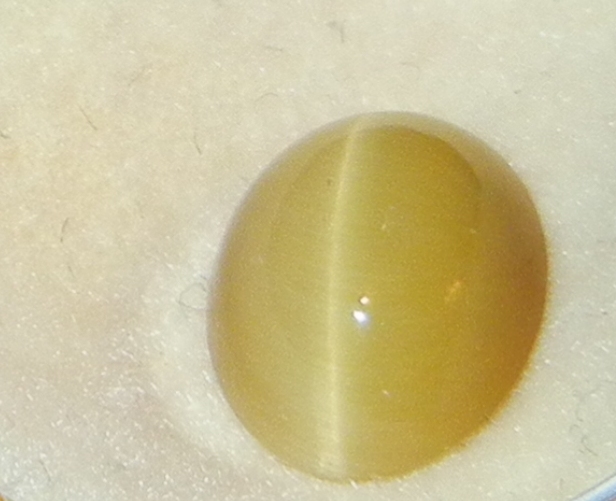
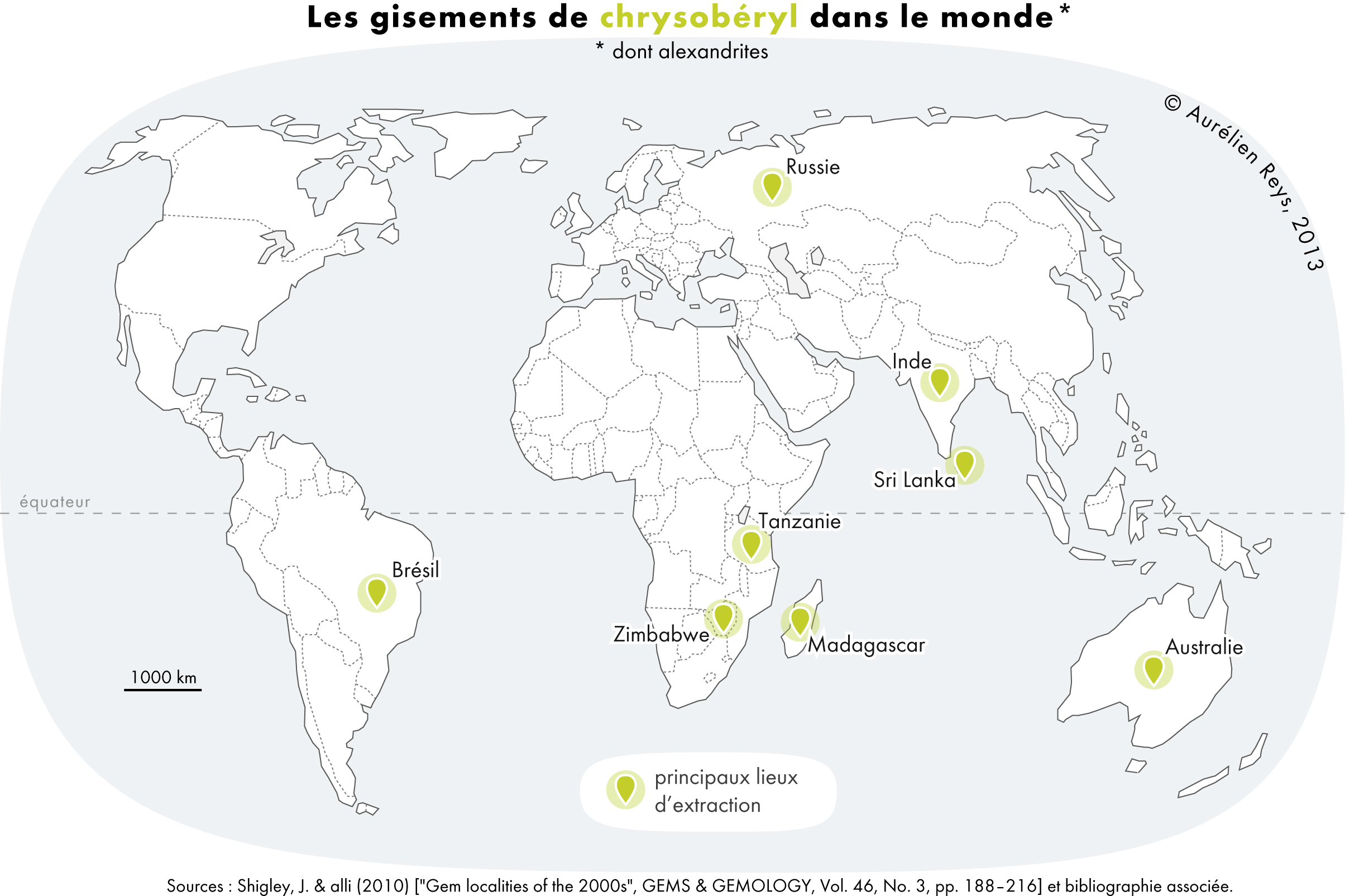
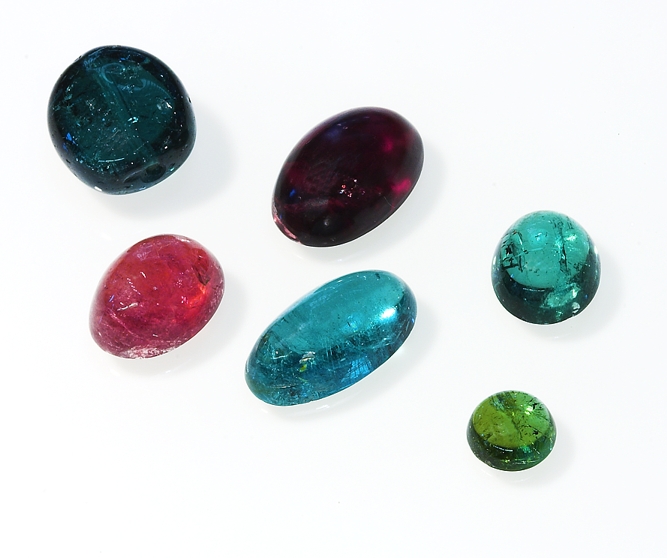
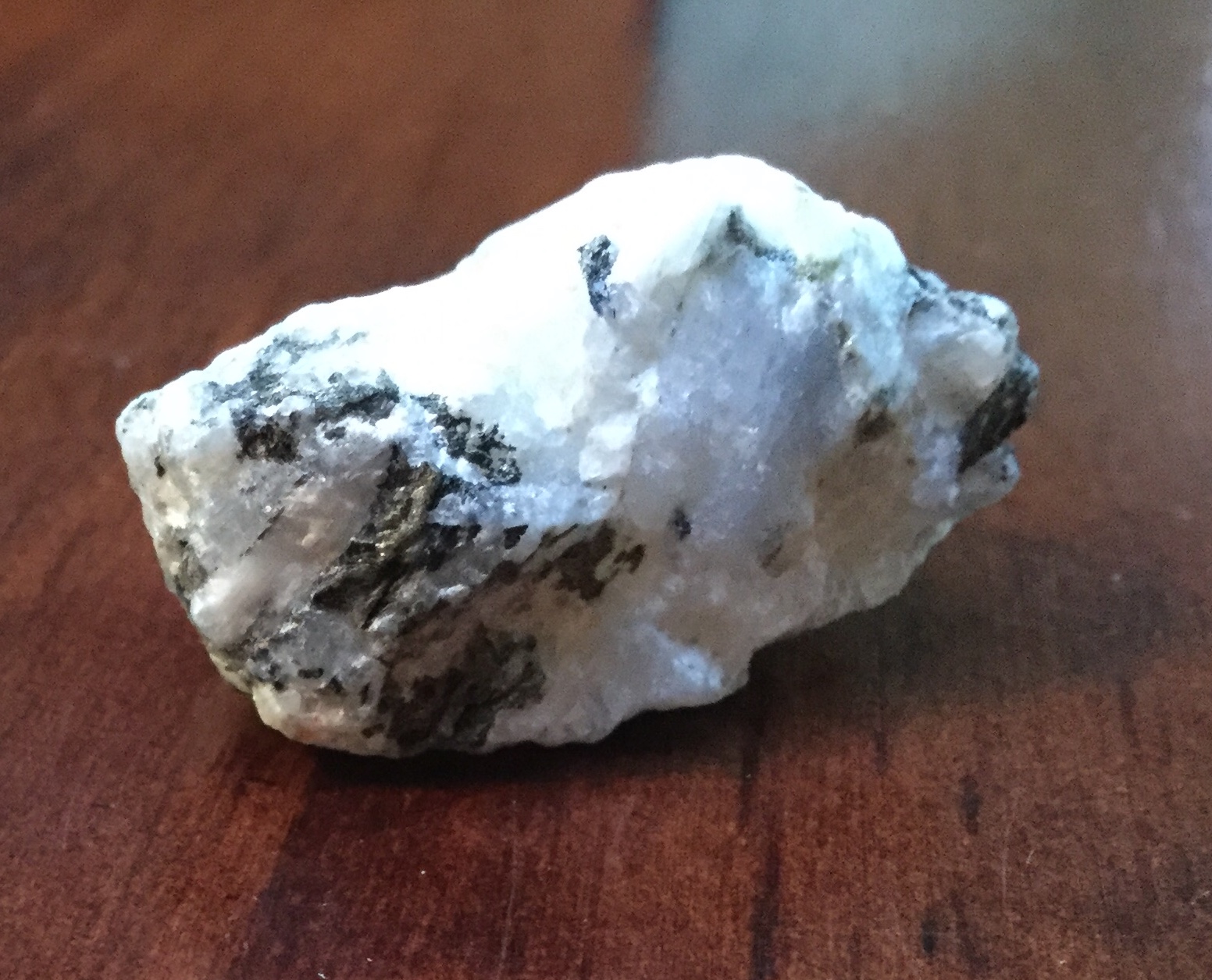
.jpg)

